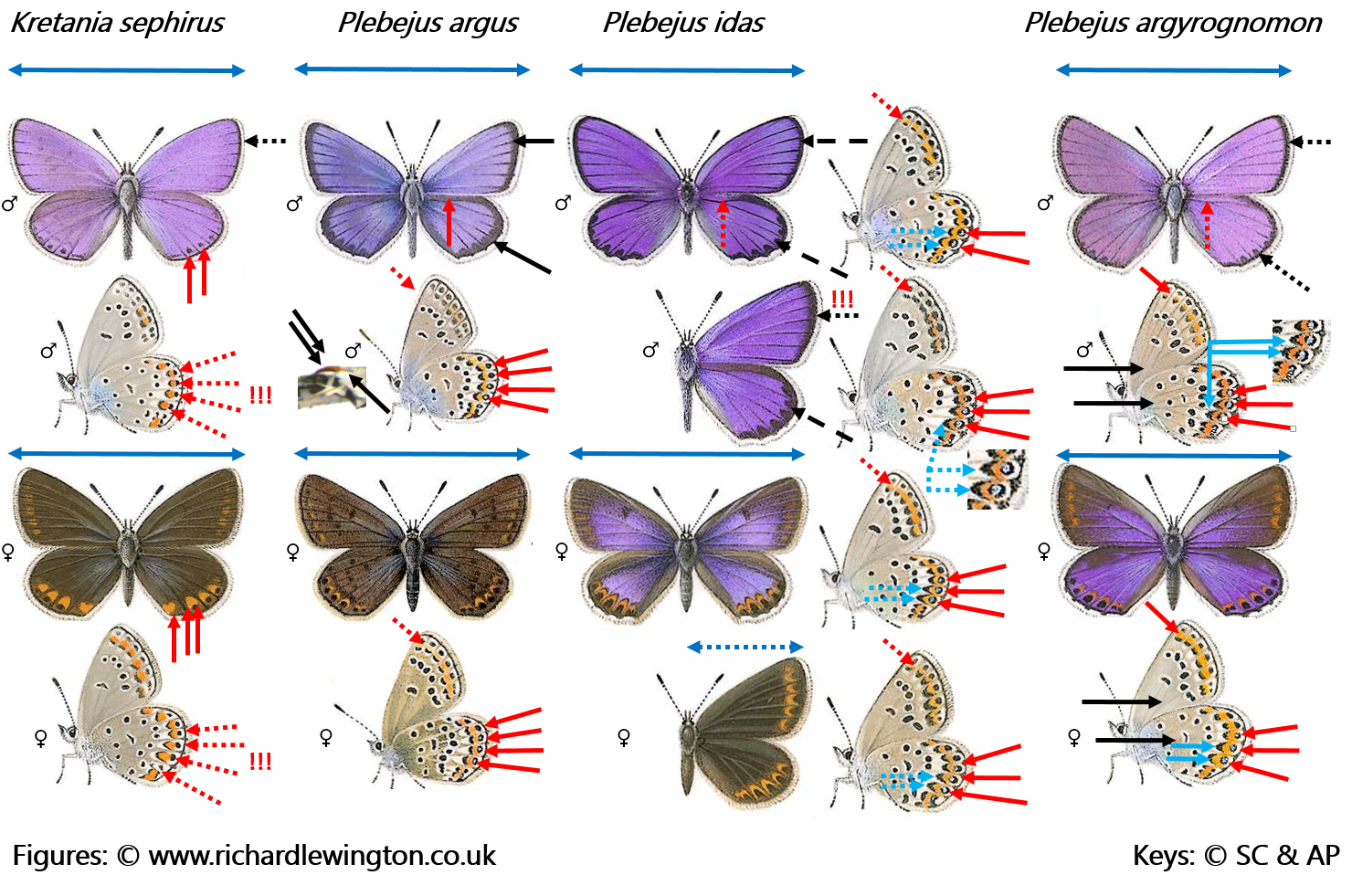|
Kretania sephirus / Zephyr Blue
Zefiri blue
Lycaenidae - Polyommatinae
Kretania sephirus (Frivaldszky, 1835). TL: Slivno, Bulgaria.
 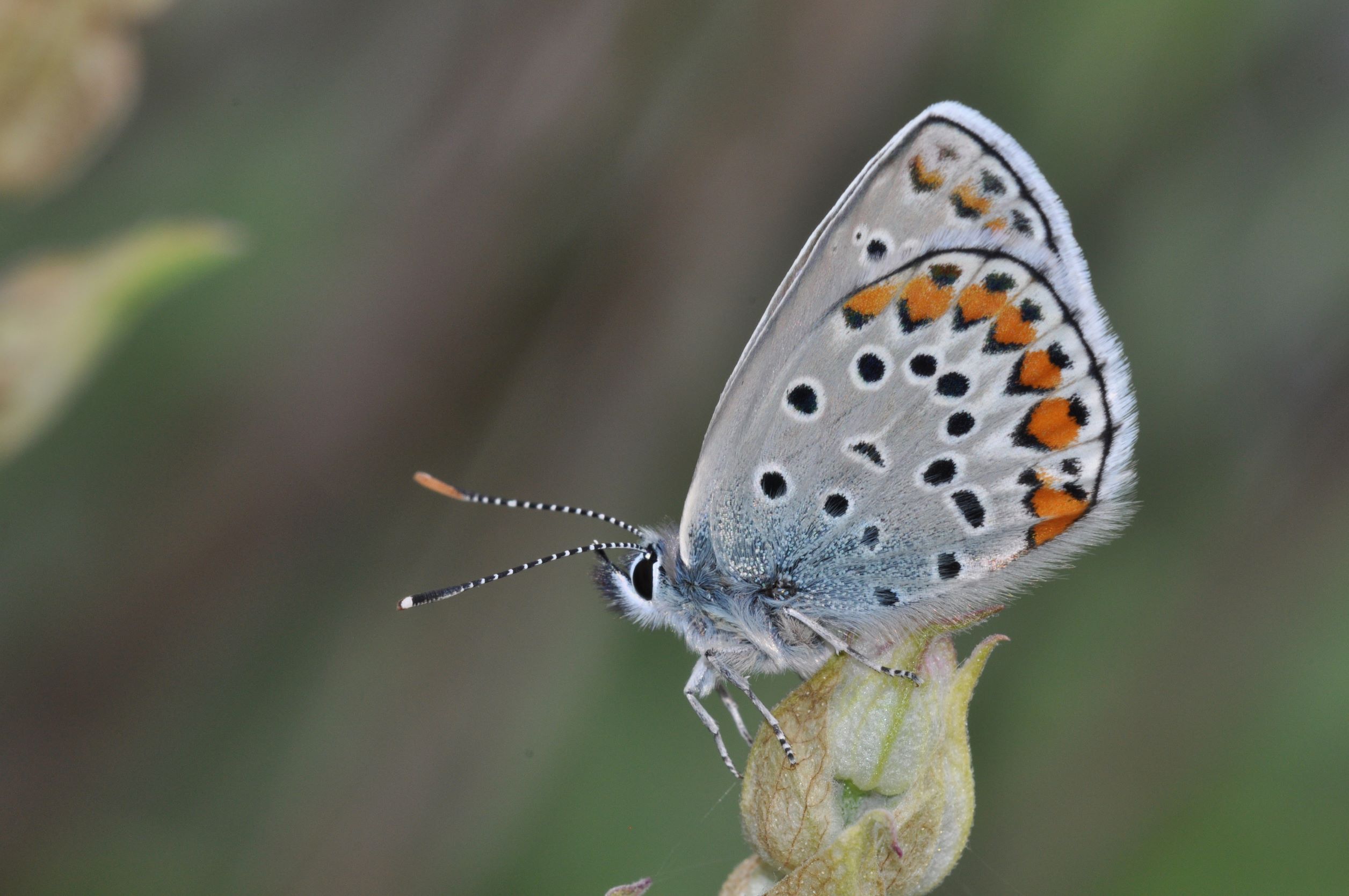
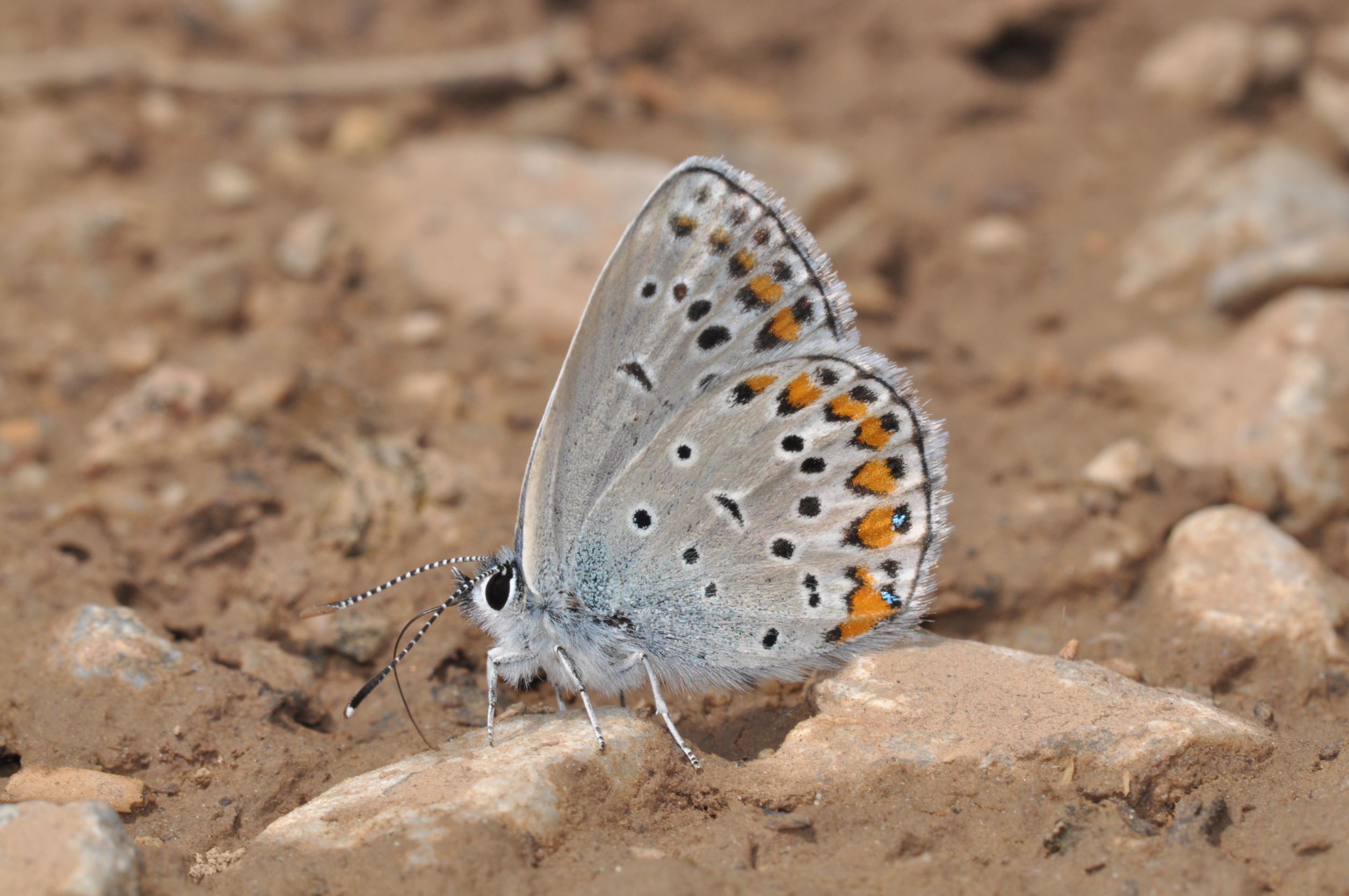 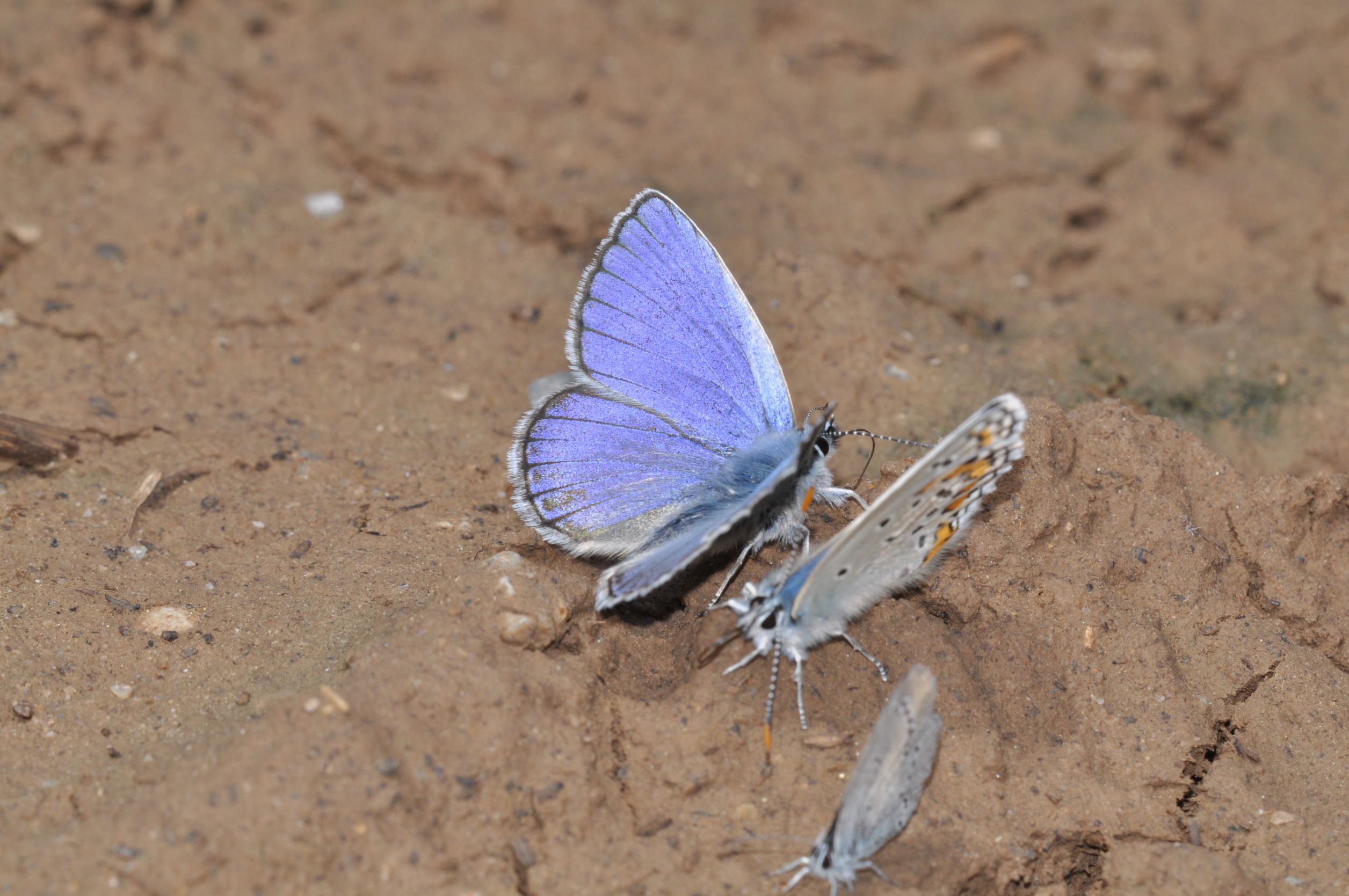
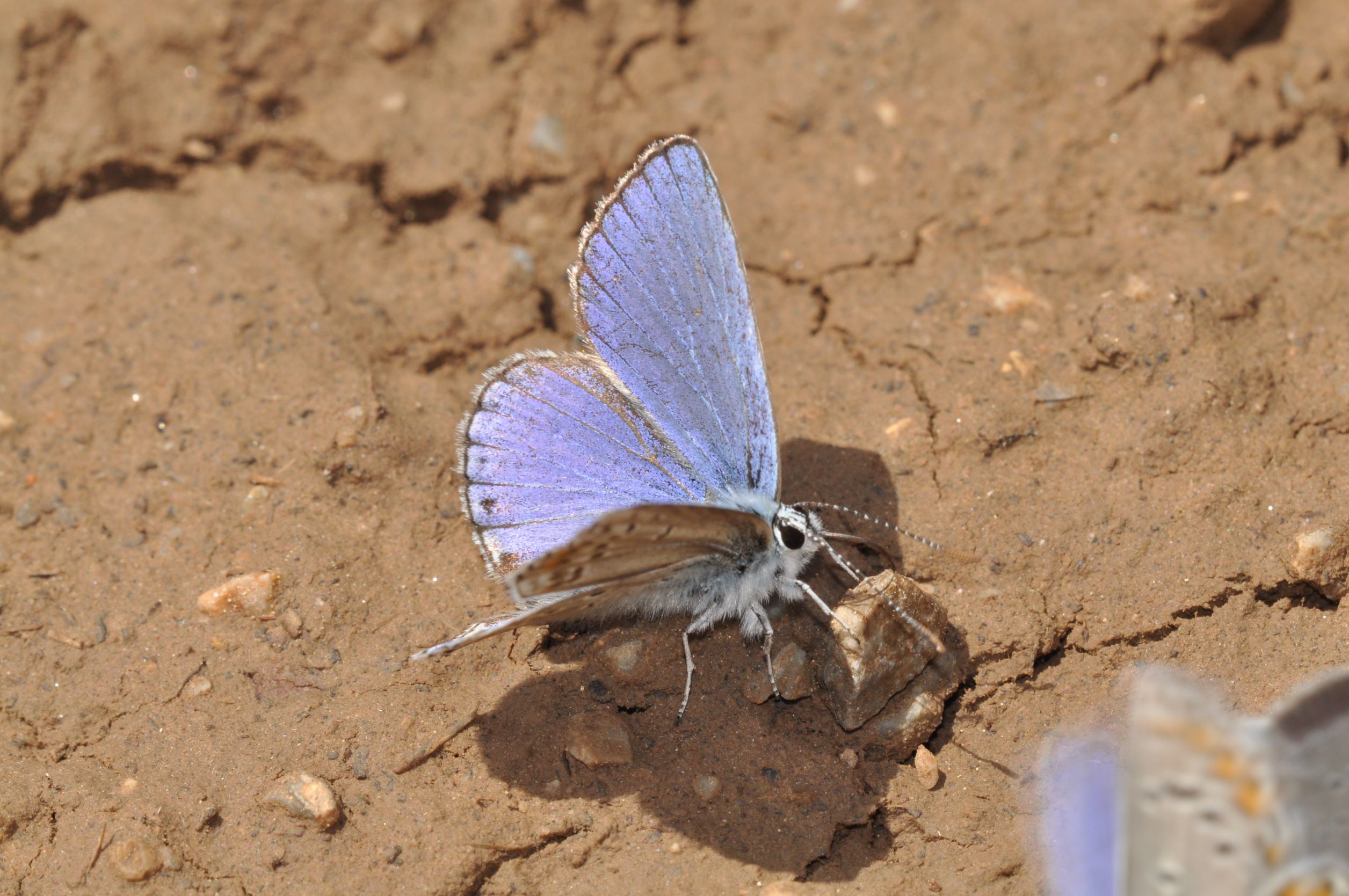 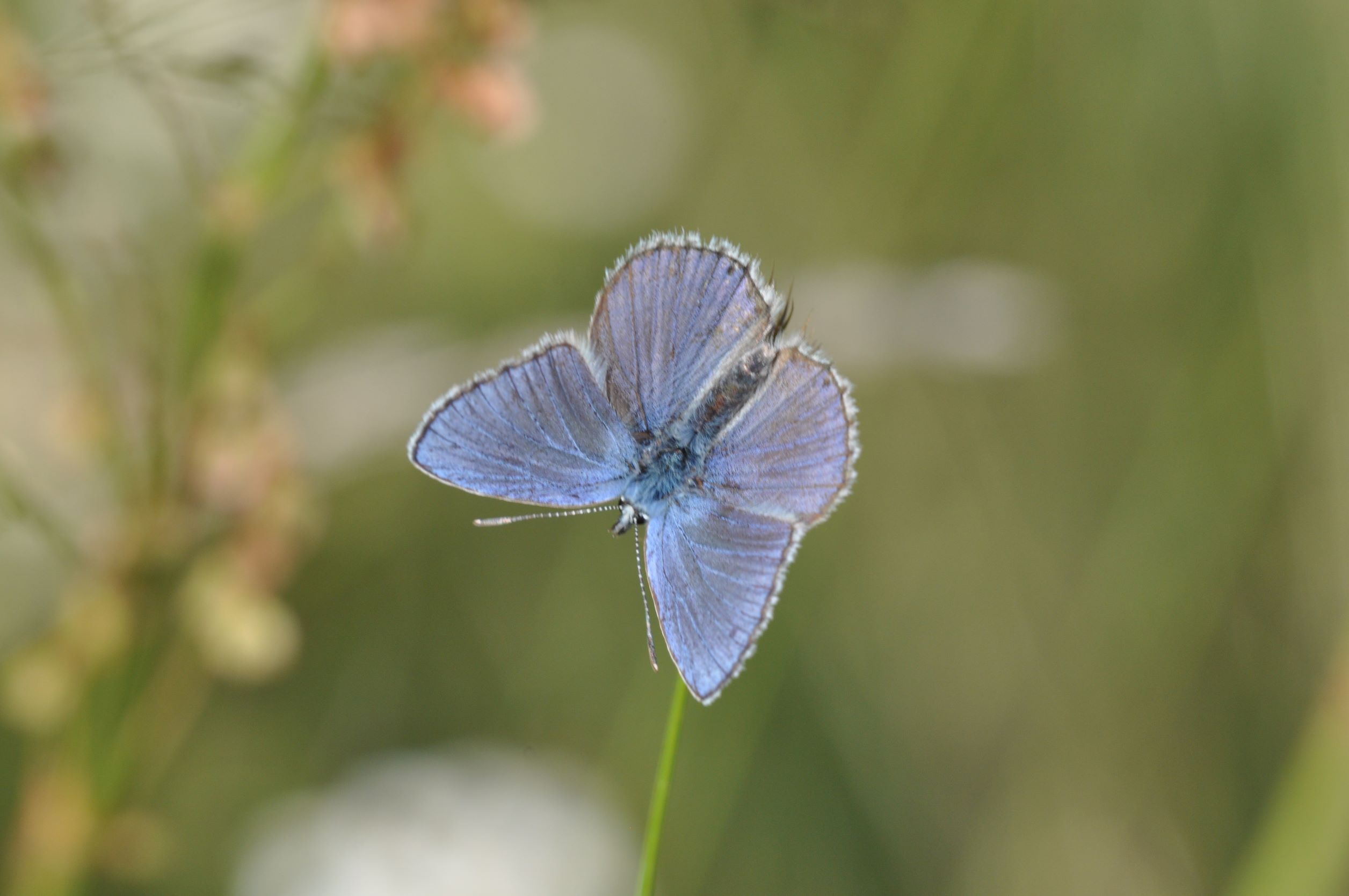
1a. Kretania sephirus, distribution map (09.i.2025).  Historical data ; Historical data ;  Additional data from the 2018 update ; Additional data from the 2018 update ;  New observations since the 2018 update. New observations since the 2018 update.
1b. Kretania sephirus ♂ underside. Greece (© Sylvain Cuvelier)
1c. Kretania sephirus ♂ underside. Greece (© Sylvain Cuvelier)
1d. Kretania sephirus ♂ upperside. Greece (© Sylvain Cuvelier)
1e. Kretania sephirus ♂ upperside. Greece (© Sylvain Cuvelier)
1f. Kretania sephirus ♂ upperside. Mali i Roshit, Albania (© Sylvain Cuvelier)
Description
♂♂
Small buttefly. Fw: 14-17 mm.
Ups: clear violet blue gc, narrow black marginal border.
Upf: unmarked.
Uph: black antemarginal spot in s2 and often also in s1b, s3 and s4.
Uns: grey to pale grey-brown gc.
Unf: no cell-spot.
Unh: prominent orange submarginal spots (mostly not fused to a band) bordered proximally with black v-shaped marks, black submarginal spots lacking blue-green pupils (very rarely one or two blue pupils)
♀♀
Slightly larger.
Ups: brown gc and orange submarginal lunules.
Uph:submarginal lunules with black antemarginal spot and bordered marginally with some pale blue scales.
Uns: similar as ♂♂.
Similar species
Life cycle
Adults: single generation from May to August (high altitude)
Egg: short stage.
Caterpillar: overwintering as half full-grown larva.
Pupa: probably short.
Habitat
Kretania sephirus inhabits dry warm grassland with abundant foodplants from 500 m up to over 2000 m a.s.l.
Spatial requirement low, population density can be high.
Foodplants
Caterpillars feed on different Astragalus sp.
Butterflies actively nectaring on low flowers.
Distribution
Albania: widespread in the Northern Albanian Alps, local in other mountain areas.
Balkan: AL - BG - BIH - GR - HR - NMK - MNE - RKS - RO - SLO - SRB
Europe: IB - IT - ALP - BAL - NWE - UK - SCA - EEU* (different sibling species: K. hesperica and K. pylaon)
Asia Minor and Caucasus.
Conservation status
Kretania sephirus is not endangered.
Albanian Red List: NE.
IUCN Red List, category at the Mediterranean level: LC (as P. pylaon)
Useful links
Pyrgus.de
Lepiforum
Euroleps
|
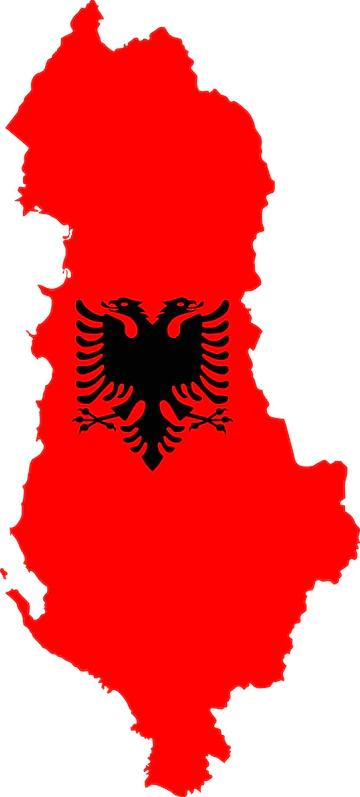 xx
xx 

 Historical data ;
Historical data ;  Additional data from the 2018 update ;
Additional data from the 2018 update ;  New observations since the 2018 update.
New observations since the 2018 update.